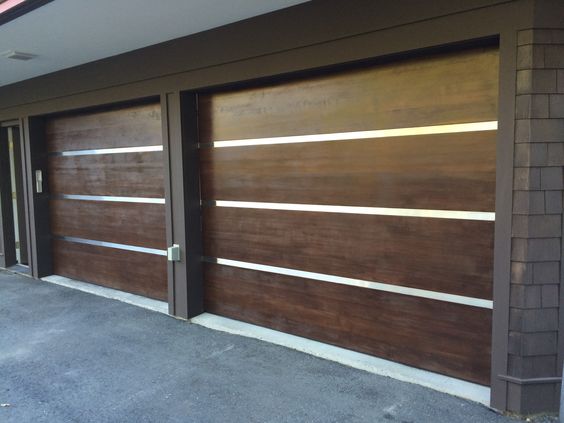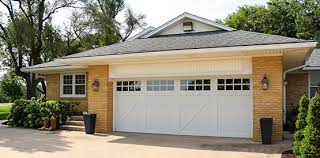Getting a new Garage Door Repair Lantana TX might seem like a daunting task, but fear not—it’s a manageable process that involves a bit of research, compatibility checks, and some hands-on work.

Here’s a step-by-step guide to help you navigate the journey of acquiring a new garage door clicker.
1. Identify Your Garage Door Opener: Begin by identifying the brand and model of your garage door opener. This information is crucial for finding a compatible clicker. You can usually find this on the motor unit of the garage door opener or in the user manual.
2. Manufacturer’s Website: Visit the official website of the garage door opener manufacturer. Manufacturers often provide information on compatible accessories, including remote controls. Look for a section related to remote controls or accessories on their site.
3. Local Retailers: Explore local home improvement stores, garage door specialists, or electronics retailers. Bring the details of your garage door opener, including the brand and model number, and ask for assistance. In-store experts can guide you to the right remote control for your specific opener.
4. Universal Remotes: If you’re unable to find an exact match for your garage door opener, consider a universal remote control. These remotes are designed to work with a variety of garage door opener brands. Check the packaging or product details to ensure compatibility with your specific opener model.
5. Online Retailers: Browse online retailers and marketplaces for a wider selection. Websites like Amazon, eBay, or specialized garage door accessory stores often have a variety of options. Read product descriptions carefully, and look for reviews from users with similar garage door opener models.
6. Customer Reviews: Before making a purchase, read customer reviews of the clicker you’re considering. Focus on reviews from users who have the same or a similar garage door opener model. This real-world feedback can provide valuable insights into the reliability and compatibility of the remote.
7. Professional Advice: If you’re uncertain about compatibility or the right choice, seek professional advice. Garage door specialists or technicians can recommend a suitable replacement based on your opener’s specifications. They may also offer installation services if needed.
8. Programming Instructions: Once you have the new clicker, carefully follow the programming instructions provided. These instructions are typically included with the remote or can be found on the manufacturer’s website. Programming involves syncing the remote with the garage door opener.
9. Battery Installation: If the clicker operates on batteries, ensure they are installed correctly. Most remote controls use standard coin-cell batteries. Refer to the user manual for instructions on battery installation to ensure optimal performance.
10. Test the Remote: After programming and installing the batteries, test the remote to ensure it effectively opens and closes the garage door. Stand at different distances to verify that the remote has a reliable range.
11. Keep the Manual: Store the manual and any programming instructions in a safe place for future reference. This documentation will be useful if you need to reprogram the remote or troubleshoot any issues down the road.
12. Final Checks: Conduct a thorough check to ensure all features of the new clicker are working as intended. Test any additional functions, such as controlling multiple doors or activating lights if applicable.
By following these steps, you can confidently navigate the process of obtaining a new Garage Door Repair Lantana TX. Whether you find it locally or online, ensuring compatibility and following proper programming procedures will lead to a seamless integration with your garage door opener.
Lantana Gates & Garage Doors
1180 Central Way, Lantana, TX 76226, United States
1-940-400-3038





